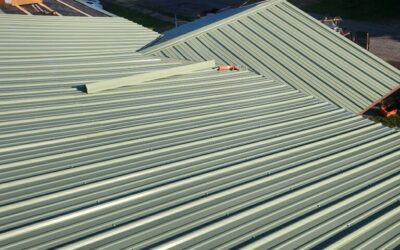Why Is My Roof Leaking After Snow? Causes, Risks & Fixes
Discovering a roof leak after snowfall can be alarming. This guide explores the reasons behind post-snow roof leaks, the associated risks, and effective solutions to safeguard your home.
Understanding Post-Snow Roof Leaks
A roof leak following snowfall often indicates underlying issues exacerbated by winter conditions. Key factors include:
- Ice Dams: Formed when melting snow refreezes at the roof’s edge, preventing proper drainage and causing water to seep under shingles. (puroclean.com)
- Clogged Gutters: Debris-filled gutters hinder water flow, leading to pooling and potential leaks.
- Attic Condensation: Inadequate insulation and ventilation can cause warm air to condense in the attic, leading to moisture buildup and leaks.
- Damaged Shingles: Winter storms can crack or dislodge shingles, exposing the roof to water infiltration.
Risks of Ignoring Roof Leaks
Unaddressed roof leaks can lead to:
- Structural Damage: Persistent moisture can weaken the roof structure and interior ceilings.
- Mold and Mildew: Damp conditions promote mold growth, posing health risks.
- Increased Repair Costs: Delays in addressing leaks can escalate repair expenses.
Preventative Measures
To minimize the risk of roof leaks after snow:
- Regular Inspections: Schedule annual roof assessments to identify and address vulnerabilities.
- Gutter Maintenance: Keep gutters clean to ensure proper water drainage.
- Attic Ventilation: Ensure adequate insulation and ventilation to prevent condensation.
- Prompt Repairs: Address damaged shingles or flashing immediately to prevent water ingress.
Seeking Professional Assistance
If you notice signs of a roof leak after snow, consult a roofing professional to assess and remedy the issue promptly.
Note: This overview provides general information. For comprehensive guidance tailored to your specific situation, consider consulting a roofing expert.
 (440) 307-2060
(440) 307-2060




